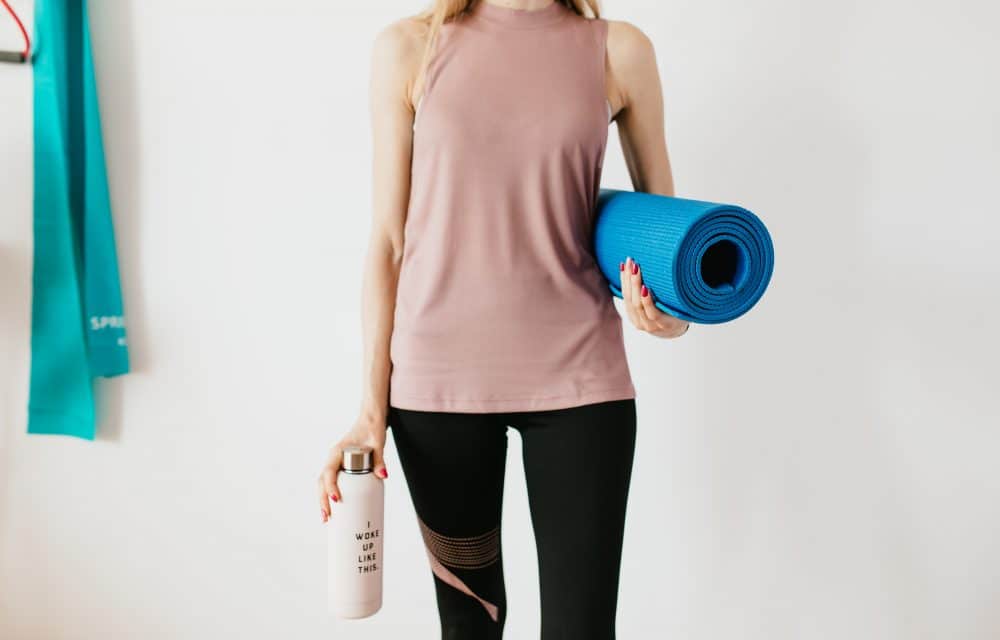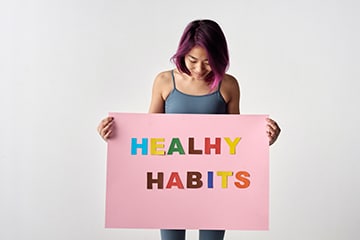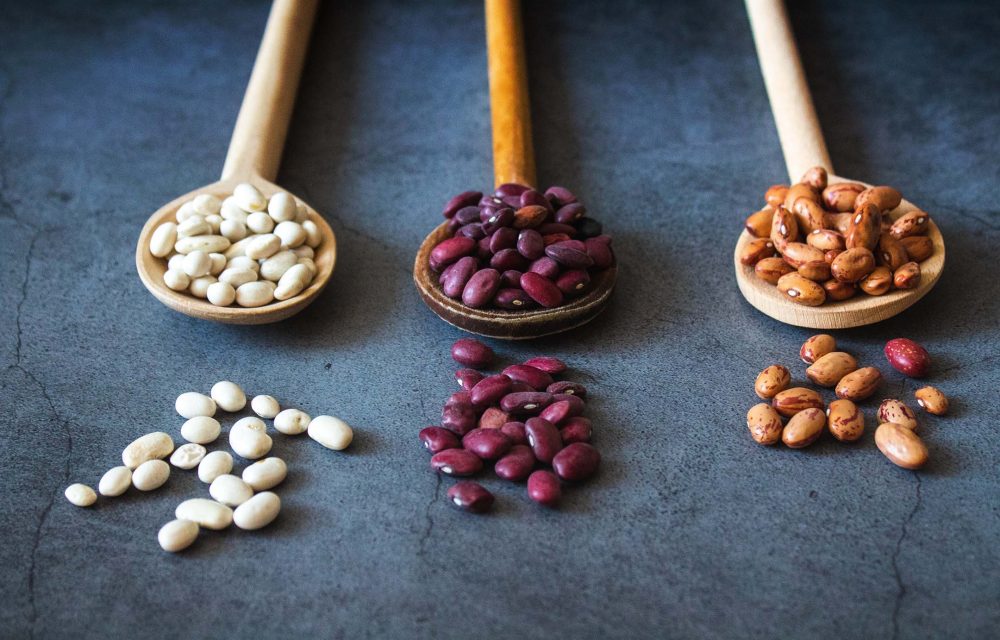Are Multivitamins Useful?
There’s a lot of variety of multivitamins on the shelves of pharmacies, so you might think they’re the most useful health benefit available. That isn’t exactly true. If you’re in the grocery pharmacy, the produce section is actually more beneficial for your health. Madison Avenue has done a good job convincing America that they need to take vitamins daily, but so did the covid-19 scare. In 2020, the multivitamin market in America grew dramatically with children’s vitamin’s increasing 37.2% for $306 million in sales, men’s up 33.7% for $229 million in sales and women’s vitamins up 19.6% for $474 million.
Recent studies have changed old beliefs.
A widespread recent study of 450,000 people showed that multivitamins didn’t reduce the risk of cancer or heart disease. Another study of almost 6,000 men that lasted 12 years showed it didn’t reduce the risk of mental decline in seniors, contrary to an earlier study that said it did. While there are some benefits for taking specific supplements, that’s not necessarily true for multivitamins. One study, however, did find that multivitamins may reduce the risk of macular degeneration and cataracts.
More isn’t necessarily better.
More recent studies also found that taking high doses of vitamin E and beta-carotene at high doses may be harmful. If you’re taking water-soluble vitamins, your body flushes excess out in the urine and feces. The biggest problem from consuming too much of a water-soluble vitamin is digestive issues. However, fat-soluble vitamins, such as vitamin A, D and E, are stored in the body, which can lead to overdoses.
There’s a better way to get your vitamins than taking a multivitamin.
Taking a specific vitamin and mineral supplements is quite different from taking a multivitamin. For instance, women that are considering pregnancy or who are in early pregnancy should supplement with 400 micrograms of folic acid daily. People in northern areas in the winter would do well to supplement with vitamin D if their diet doesn’t contain enough. Also, supplemental iron can be beneficial. If a person is deficient in a specific vitamin or has problems with absorption, it also is a good idea to take it. Most of all, eating a healthy diet is the best way to ensure adequate dietary needs are met.
- Too much vitamin A can cause liver damage, interrupt calcium storage and cause calcium to build in the kidneys, damaging them. It also can contribute to lung cancer in smokers, but ironically may help those with COPD.
- In order to get the benefits of multivitamins, they need to be absorbed and the right form of the nutrient. The binders used and type of nutrient needs to be natural and not in tablet form, which normally means they’re very expensive.
- The most common problem, even for the far more expensive multivitamins, is an insufficient dose to make a difference or an excess dose that can cause problems. Most problems come from an insufficient dose.
- Many multivitamins contain filler or are made from non-organic materials, such as ascorbic acid—vitamin C—which is made from GM corn. There are artificial flavors and colors added, plus heavy metals and chemicals.
For more information, contact us today at Body Sculptors Personal Training






 Diabetes can exacerbate some conditions, like high blood pressure, heart disease or circulation. Yoga can help directly, like stabilizing blood sugar levels. Increasing activity and eating healthy are exceptionally good for controlling diabetes. Yoga is a gentle form of exercise that most people can do. There are several poses that have proven especially beneficial for diabetics.
Diabetes can exacerbate some conditions, like high blood pressure, heart disease or circulation. Yoga can help directly, like stabilizing blood sugar levels. Increasing activity and eating healthy are exceptionally good for controlling diabetes. Yoga is a gentle form of exercise that most people can do. There are several poses that have proven especially beneficial for diabetics. Are you one of those people that jump out of bed and immediately rush to get ready to work? There’s a better way to start your day and that’s by doing a few stretches first. If you’ve ever watched a cat when it first gets up, all it does is stretch for a while. We could learn a thing or two from our feline friends. Stretching upon rising can increase flexibility and boost circulation.
Are you one of those people that jump out of bed and immediately rush to get ready to work? There’s a better way to start your day and that’s by doing a few stretches first. If you’ve ever watched a cat when it first gets up, all it does is stretch for a while. We could learn a thing or two from our feline friends. Stretching upon rising can increase flexibility and boost circulation. Clients at Body Sculptors in Louisville, KY, know that a hard workout can result in some muscle aches and pains. Those can lead to a reluctance to keep a workout schedule. The best way to deal with sore muscles is to avoid them and a foam roller can do that. There are several benefits you can get from foam rolling, besides relief of muscles aches and pains. It’s a technique where you use a self-myofascial release (SMR) technique.
Clients at Body Sculptors in Louisville, KY, know that a hard workout can result in some muscle aches and pains. Those can lead to a reluctance to keep a workout schedule. The best way to deal with sore muscles is to avoid them and a foam roller can do that. There are several benefits you can get from foam rolling, besides relief of muscles aches and pains. It’s a technique where you use a self-myofascial release (SMR) technique. Do you notice the guy or gal at the gym who always seems fresh and dry. They never sweat when working out or so it seems. There can be several reasons for not sweating—anhidrosis, but one of the easiest to identify is that they simply don’t push themselves to the point of sweating. However, there are also more serious health issues that could be causing their lack of sweat.
Do you notice the guy or gal at the gym who always seems fresh and dry. They never sweat when working out or so it seems. There can be several reasons for not sweating—anhidrosis, but one of the easiest to identify is that they simply don’t push themselves to the point of sweating. However, there are also more serious health issues that could be causing their lack of sweat.